How A Doomsday Vault On The Moon Could Save Earth's Life From Extinction
Storing earth's DNA on the moon could be humanity backup plan - but how exactly would it work?
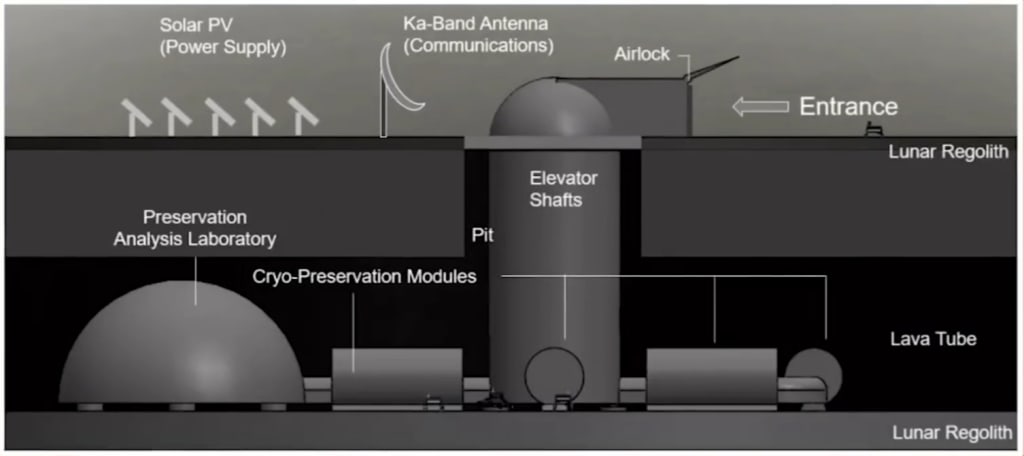
Imagine a doomsday scenario. Nuclear war erupts or an asteroid sends us the way of the dinosaurs or some other great calamity wipes out not just humanity, but all life on Earth.
Could there still be hope for us if there was some sort of backup, like an external hard drive or a cloud save... but for a planet? That’s what some scientists proposed in March of this year, and they think the best place to keep our second chance safe is the moon.
The idea of a doomsday vault isn’t far-fetched at all. There’s one such place north of continental Norway, tucked inside a mountain on an archipelago called Svalbard. This vault was designed to store seeds from every important variety of crop from around the world in the event that some disaster destroys a vital food source. It has space for 4.5 million crop varieties and the ability to keep the samples frozen even without power. It’s an invaluable resource in the event of a smaller-scale or localized disaster.
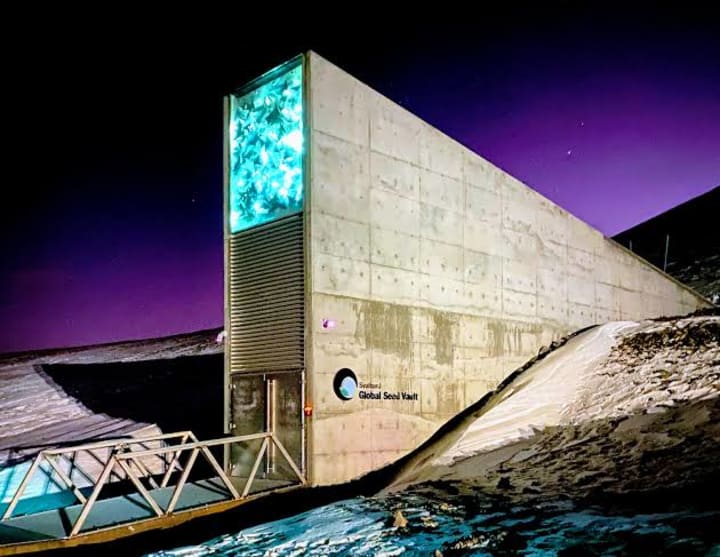
But, if there truly is a doomsday that plunges the entire Earth into chaos, a vault with only crop seeds may not be enough to save us.
That’s why on March 7th, 2021, a group of scientists proposed plans to build a true absolute worst-case-scenario vault. Svalbard may seem about as secure as anything can get, what with it being under a mountain above the Arctic Circle. But it’s not invulnerable.
Rising sea levels or a well-aimed asteroid could render all efforts to preserve those seeds fruitless. Since nowhere on Earth is safe enough, the vault would need to be somewhere off-planet. So, even though it sounds loony, the researchers concluded the logical place for this vault of vaults is the moon. Of course, that brings up a whole host of other issues, like getting everything up there. And I do mean everything.
The scientists didn’t just propose saving a slice of life on Earth, like the seeds that are important for food. They want to preserve all of it. As many as 6.7 million different species of plants, animals, and fungi that can be found on Earth would have their DNA cryogenically frozen at minus 196 degrees Celsius and shot to the moon.
By the researcher's estimates, that would require at least 250 rocket launches. Once on the moon, the samples can’t just be put in a bag and tossed on the moon’s surface. What are they, the bags of poop left behind by the Apollo astronauts?
Fortunately, the moon has a useful feature that could come in handy. Under its surface are lava tubes so cavernous that whole cities could fit inside. These tubes could make the ideal place to build an enormous vault that would shield its contents from solar radiation and meteor strikes. The scientists envision the underground storage would be connected to a lunar base via elevators.
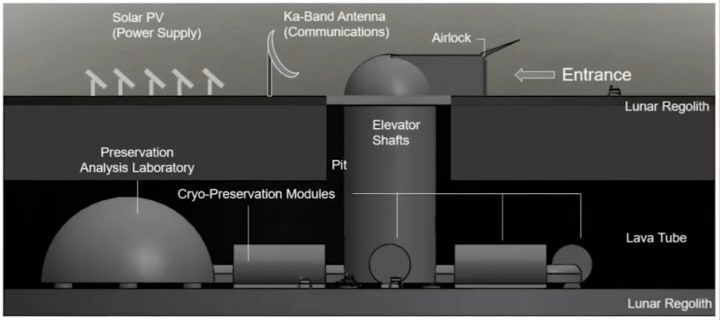
The surface facility would have solar panels and the means to communicate with Earth so the vault could be remotely monitored and maintained. The robots taking care of the place and retrieving samples would also have to withstand the extreme cold needed to store the DNA.
Researchers suggest they would have to levitate to avoid being cold-welded to the floor. They propose using magnetic fields to levitate superconductors, which need to be kept at extremely low temps anyway. I think you get the idea that this plan is—as of right now—pretty much pie in the sky. The technology needed to make a lot of it happen just doesn’t exist yet.
The researchers suggest that it could be possible in the next 30 years, but they’re not the first to put forward the idea of a lunar ark. The same month Svalbard opened in 2008, another group suggested a similar idea, albeit using hard drives instead of frozen DNA, and they predicted it would be possible by 2020. Unless I missed something, that plan didn’t come to pass.
So, until there’s a reset button humanity can press in a last ditch effort to save Earth from annihilation— and who knows if there ever will be one— let’s just do our best not to wreck the place, okay?
I mentioned cities could fit inside the moon’s lava tubes, so what if we actually did that?
About the Creator
Enjoyed the story? Support the Creator.
Subscribe for free to receive all their stories in your feed. You could also pledge your support or give them a one-off tip, letting them know you appreciate their work.


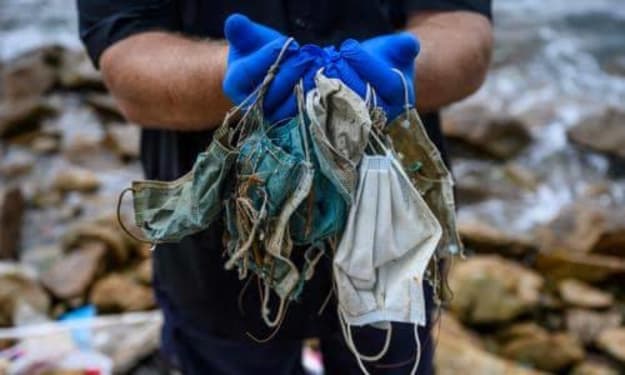
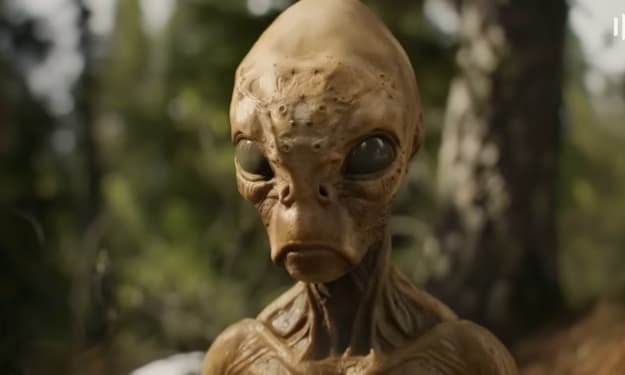
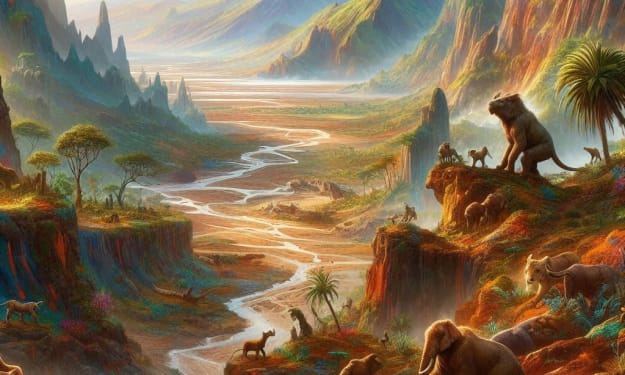

Comments
There are no comments for this story
Be the first to respond and start the conversation.